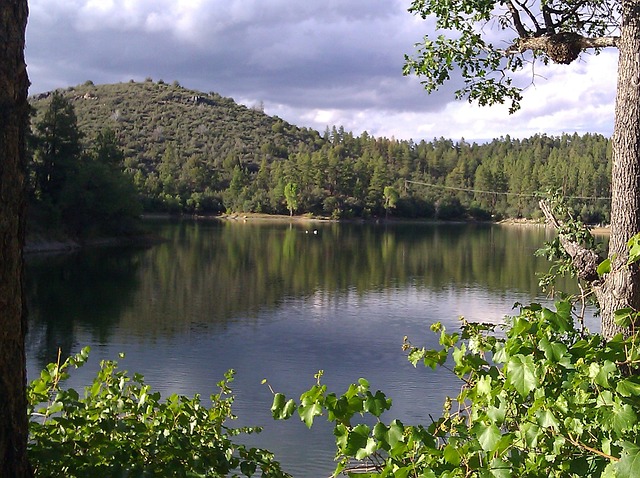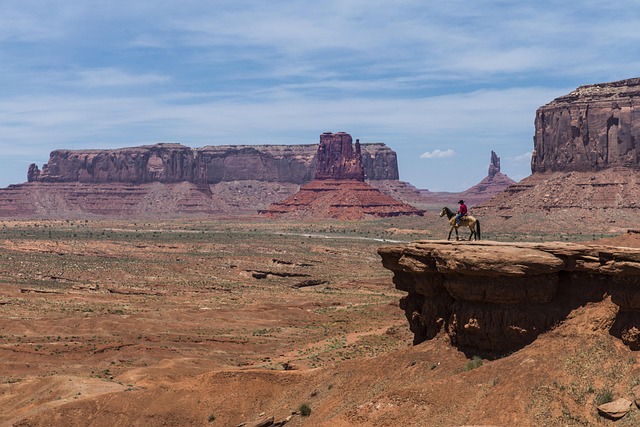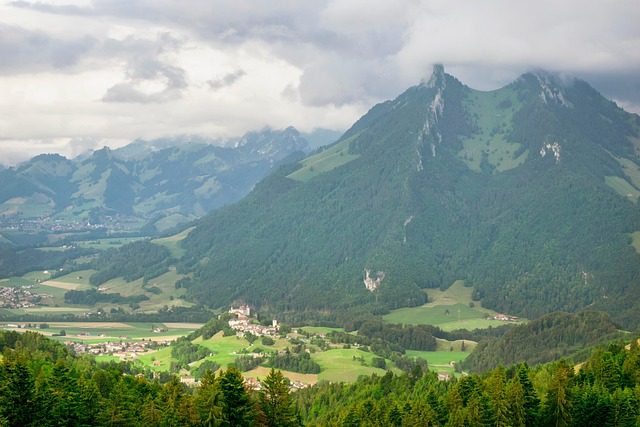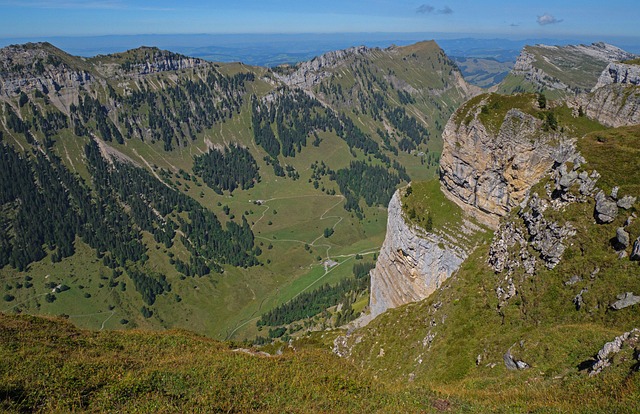Family parks and community centers are essential for urban development, offering central gathering spaces that enhance social cohesion, boost real estate appeal, stimulate economic growth, promote sustainability, and attract diverse demographics. Investing in these multifunctional hubs is crucial for creating vibrant, livable, and sustainable cities, as they cater to all age groups through inclusive design, encourage physical activity, strengthen community bonds, and contribute to overall well-being – ultimately driving local economies and increasing property values.
Family parks and community centers are vital assets that play a pivotal role in urban development. These spaces aren’t just recreational; they’re catalysts for fostering strong, inclusive communities. In today’s digital era, where real estate opportunities demand diverse offerings, these facilities become essential. By providing leisure for all ages, from kids’ play areas to adult fitness centers, we create vibrant, interconnected neighborhoods. This article explores the transformative power of family parks and community centers, highlighting their role in shaping urban landscapes through accessible, engaging spaces.
The Role of Family Parks and Community Centers in Urban Development

Family parks and community centers play a pivotal role in urban development, transforming cities into vibrant, livable spaces for all residents. These green oases and community hubs serve as central gathering places, fostering social cohesion and enhancing the overall quality of life. In terms of real estate, they contribute significantly to the desirability of urban areas, attracting families, young professionals, and retirees alike with their diverse offerings—from playgrounds and sports facilities to cultural events and educational programs.
Moreover, family parks and community centers can catalyze economic growth by boosting local tourism, creating employment opportunities, and inspiring entrepreneurship within nearby businesses. They also contribute to sustainable urban development by promoting active lifestyles, reducing crime rates, and mitigating the environmental impact of cities. In light of the above, investing in these spaces is not merely an amenity but a strategic necessity for any forward-thinking metropolis.
Real Estate Opportunities: Creating Spaces for All Ages

Family parks and community centers have become invaluable assets to modern societies, offering a wide array of real estate opportunities that cater to diverse age groups. The development of such spaces requires careful planning to ensure they are inclusive, accessible, and engaging for everyone from young children to seniors. By leveraging smart urban design, developers can create vibrant hubs that foster social interaction, promote physical activity, and contribute to the overall well-being of the community.
Real estate in these areas can be transformed into mixed-use spaces with dedicated zones for play areas, outdoor sports facilities, community gardens, and quiet retreat zones. These multifaceted environments encourage families to gather, fostering a sense of belonging and strengthening community bonds. Moreover, such diverse offerings can attract residents and businesses alike, boosting local economies and enhancing the quality of life in these areas.
Building Strong Communities through Accessible Leisure Facilities

In today’s fast-paced world, family parks and community centers play a pivotal role in building strong, cohesive neighborhoods. These spaces serve as hubs for residents to connect, interact, and create lasting memories together. Real estate professionals recognize the immense value these facilities bring to a community, fostering social cohesion and enhancing overall well-being. Accessible leisure facilities encourage active lifestyles and provide a platform for intergenerational bonding, contributing to a healthier, happier community.
Parks and community centers offer more than just recreational activities; they are catalysts for community engagement. Whether it’s organizing sports tournaments, hosting cultural events, or providing safe spaces for children to play, these venues bring people together, breaking down social barriers and fostering a sense of belonging. In the real estate context, communities with well-maintained parks and community centers often attract families and young professionals alike, leading to increased property values and a thriving local economy.






